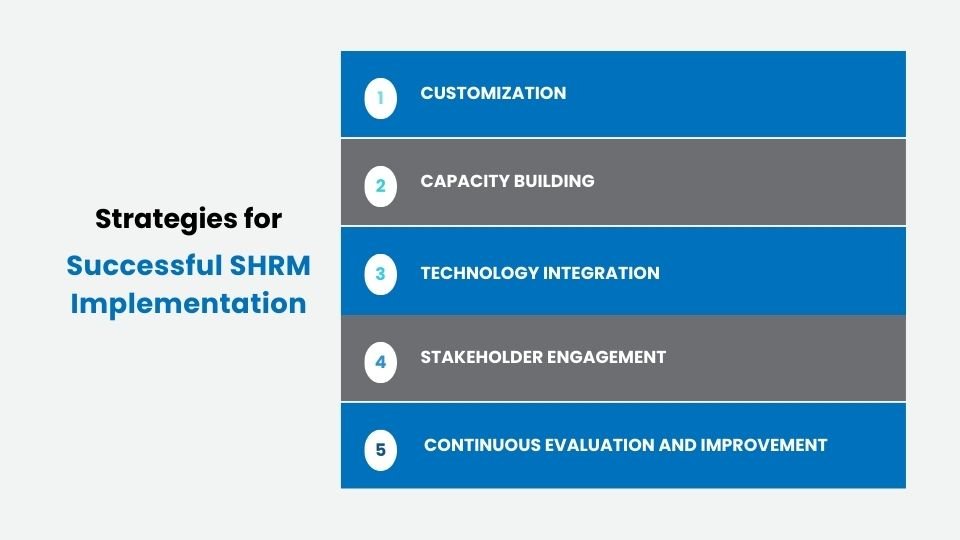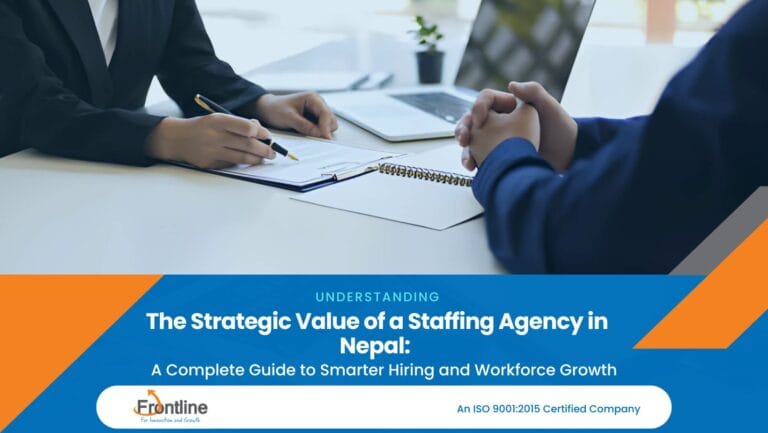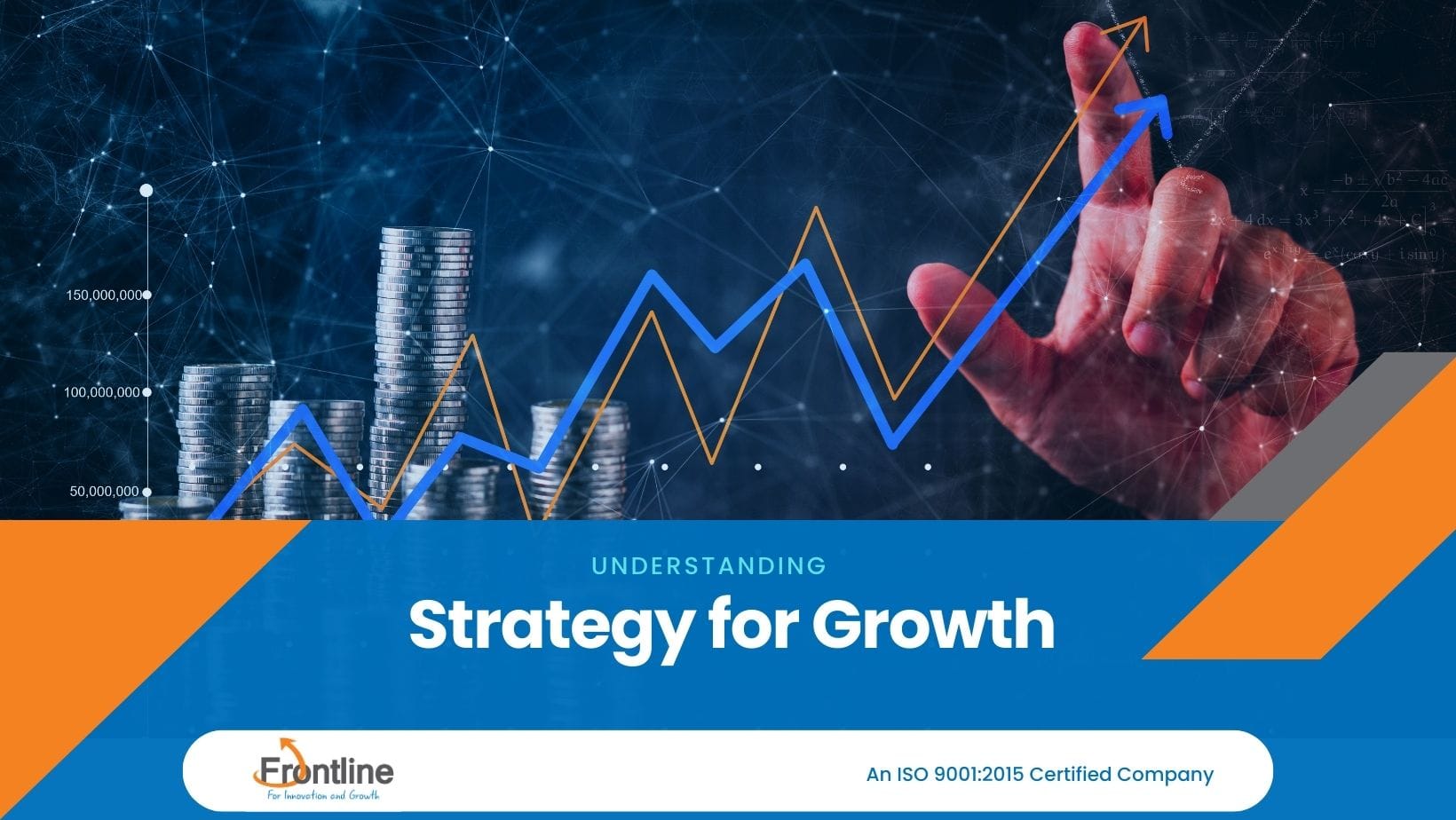Introduction
In today’s ever-changing business world, strategic human resource management is very important for a company’s success. It is not just about handling employees; it’s about making sure HR practices match up with the big business goals to help the company grow and stay ahead of the competition. This guide dives into the basics, strategies, and how Strategic Human Resource Management (SHRM) works in real life, showing how HR connects to what the company wants to achieve.
Table of Contents
Understanding Strategic Human Resource Management
At its core, SHRM is not merely about traditional HR functions but about aligning HR practices with overarching business objectives. It involves a proactive approach to managing human capital, viewing employees as strategic assets rather than just resources. By integrating HR strategies with organizational goals, SHRM ensures that every aspect of HR—from recruitment and training to performance management and retention—contributes directly to the company’s bottom line.
Key Components of SHRM
Understanding the basic elements of Strategic Human Resource Management:
1. HR Planning and Forecasting
Forecasting future workforce needs and developing strategic plans to meet them is foundational to SHRM. This involves analyzing internal and external factors, such as industry trends, technological advancements, and talent availability, to anticipate staffing requirements and skill gaps.
2. Recruitment and Selection Strategies
Effective recruitment and selection strategies are indispensable for acquiring top talent aligned with organizational objectives. Using innovative sourcing techniques, employer branding, and rigorous selection processes ensures a workforce that drives business success.
3. Talent Development and Management
Helping employees learn and grow by constantly improving their skills and managing how well they do their job is key to keeping them engaged. SHRM focuses on making personal plans for each employee to develop, having mentors to guide them, and giving feedback on how they’re doing to make both the person and the company better.
4. Compensation and Benefits Design
Strategically designing compensation and benefits packages that attract, retain, and motivate employees is central to SHRM. Balancing market competitiveness, internal equity, and performance-based incentives ensures a motivated workforce committed to achieving business objectives.
5. Organizational Culture and Employee Engagement
Creating a positive organizational culture that fosters collaboration, innovation, and employee well-being is a big part of SHRM. Cultivating strong employer-employee relationships, promoting open communication, and recognizing employee contributions enhance engagement and productivity.
Aligning HR Practices with Business Objectives
The true essence of SHRM lies in its ability to bridge the gap between HR activities and business outcomes. By adopting a strategic mindset, HR leaders can ensure that every HR initiative contributes directly to the achievement of organizational goals. Whether it’s driving revenue growth, enhancing customer satisfaction, or fostering innovation, SHRM serves as the catalyst for aligning human capital strategies with broader business objectives.
Challenges in Implementing SHRM in Nepal
Cultural Dynamics
Nepal’s diverse cultural landscape poses challenges in implementing standardized HR practices. Understanding and respecting cultural variations are essential for effective HR management.
Resource Constraints
Limited resources, both financial and technological, can hinder the adoption of advanced HR practices. Organizations must find innovative solutions to overcome resource constraints.
Regulatory Environment
Navigating the complex regulatory environment in Nepal, including labor laws and government policies, requires careful attention to compliance and legal obligations.
Skill Shortage
The scarcity of skilled labor in certain industries presents a significant challenge for HR managers. Developing local talent pipelines and investing in training programs are important for addressing this issue.
Resistance to Change
Resistance from employees and organizational stakeholders can impede the implementation of new HR initiatives. Effective change management strategies and communication are essential for overcoming resistance.
Strategies for Successful SHRM Implementation

Customization
Adopting a tailored approach to SHRM that considers the unique needs and context of the organization is key to success. Customization ensures alignment with organizational culture and objectives.
Capacity Building
Investing in HR capabilities through training and development programs enhances the competency of HR professionals and strengthens the implementation of SHRM initiatives.
Technology Integration
leveraging technology solutions such as HRIS (Human Resource Information Systems) streamlines HR processes, improves data management, and facilitates informed decision-making.
Stakeholder Engagement
Engaging employees, management, and other stakeholders in the SHRM process fosters ownership, commitment, and support, driving successful implementation.
Continuous Evaluation and Improvement
Regularly evaluating the effectiveness of SHRM initiatives and soliciting feedback allows for continuous improvement and adaptation to changing circumstances.
Conclusion
In conclusion, Strategic Human Resource Management is not just a theoretical concept but a practical approach to driving organizational success. By aligning HR practices with business objectives, companies can unleash the full potential of their workforce and achieve sustainable growth in a competitive marketplace. Embracing SHRM is not merely an option but a strategic imperative for any organization committed to thriving in the 21st century.
More on:
794 views









